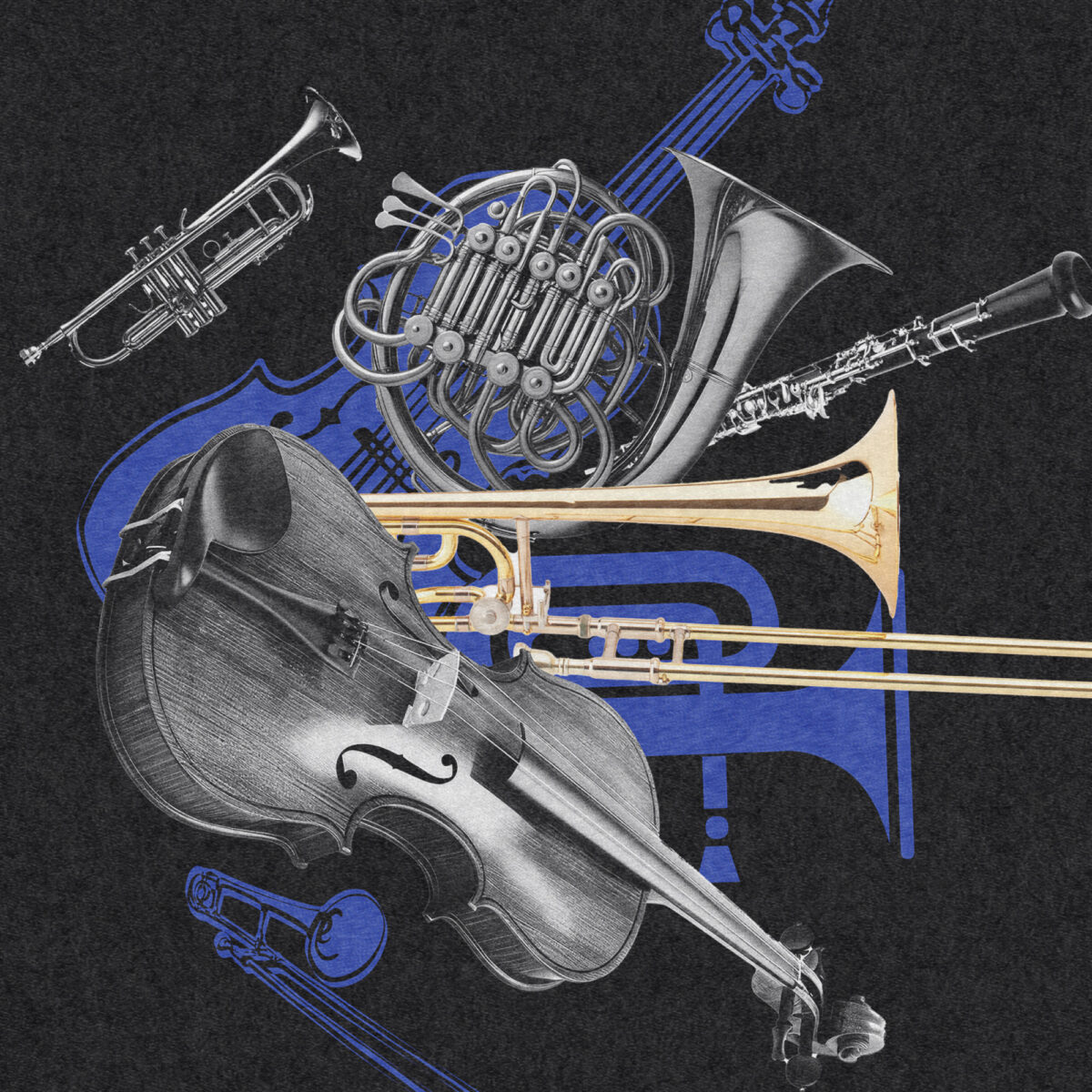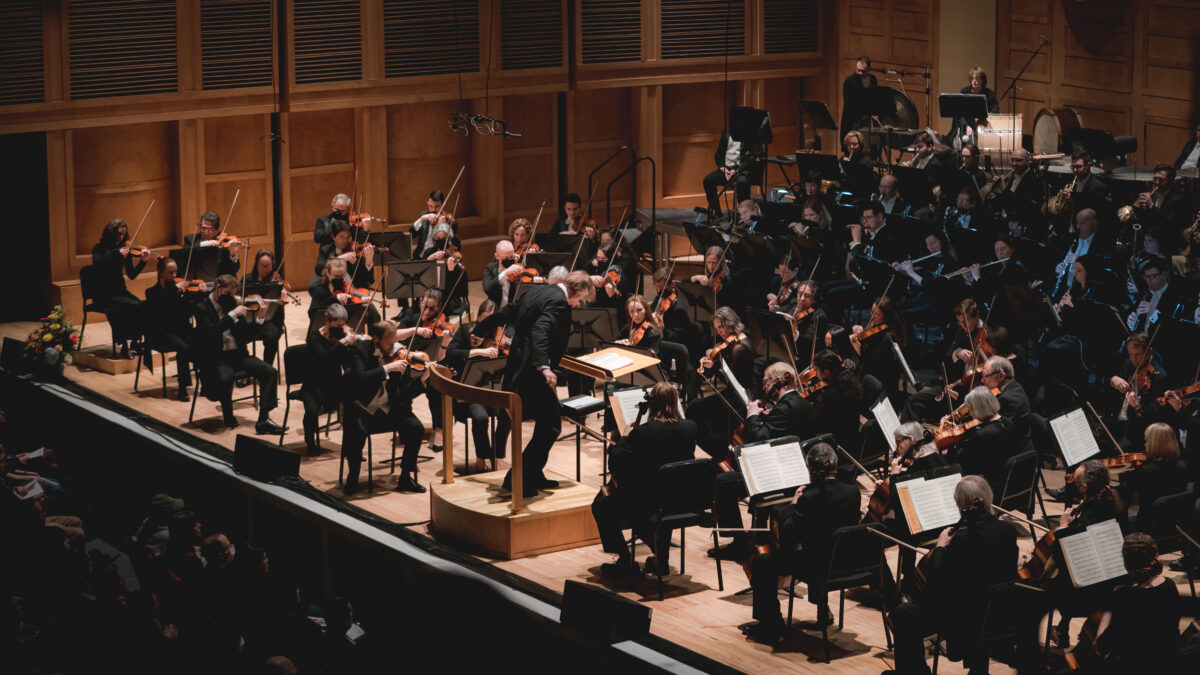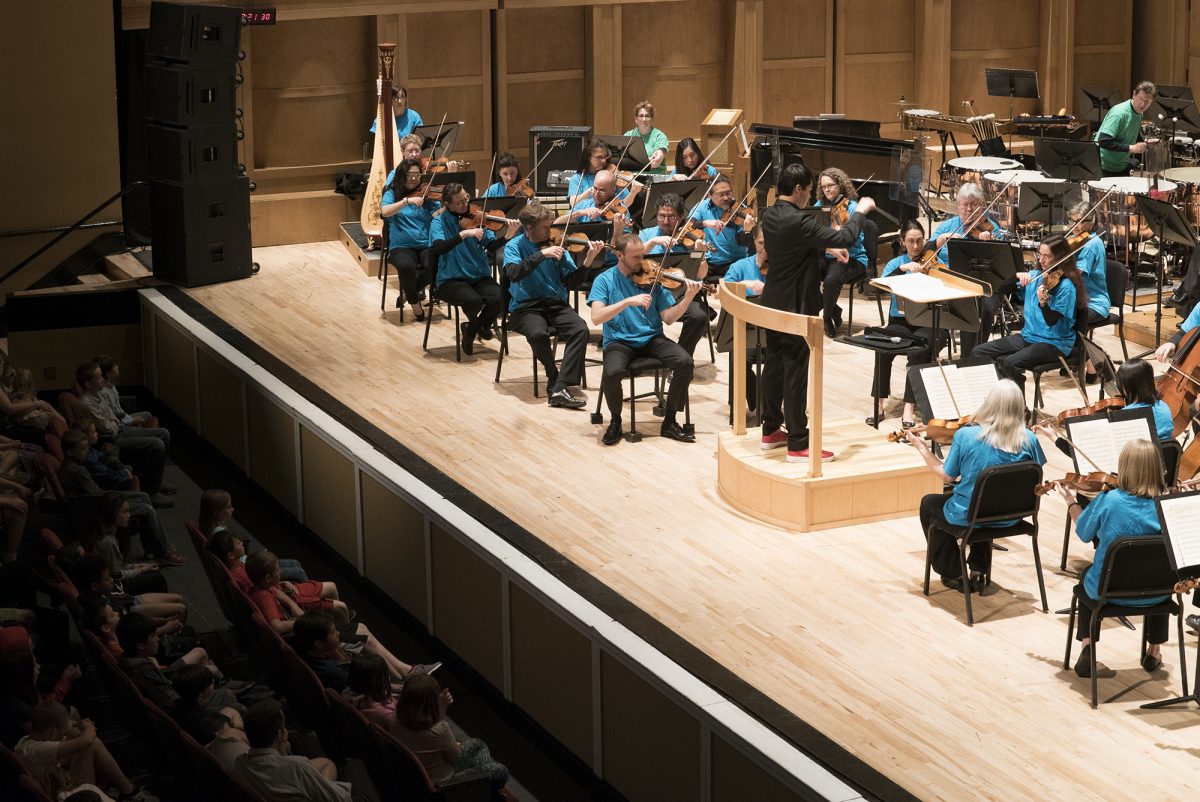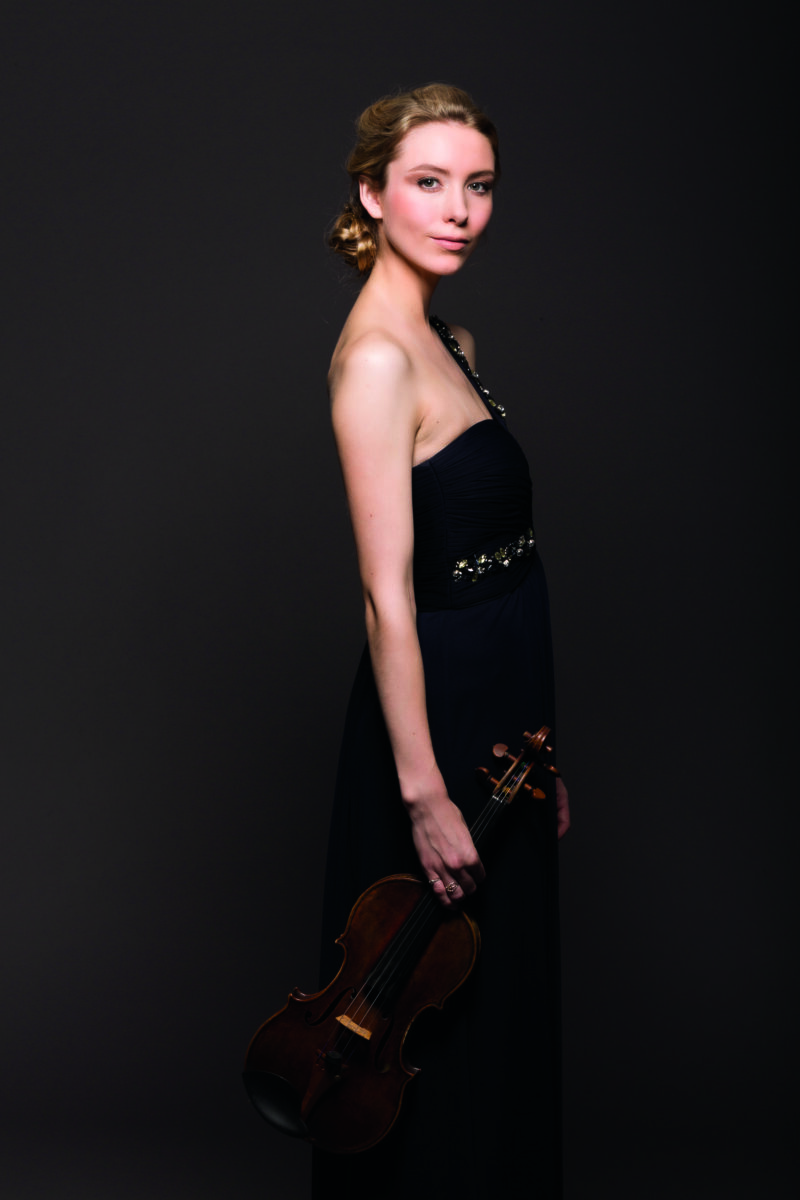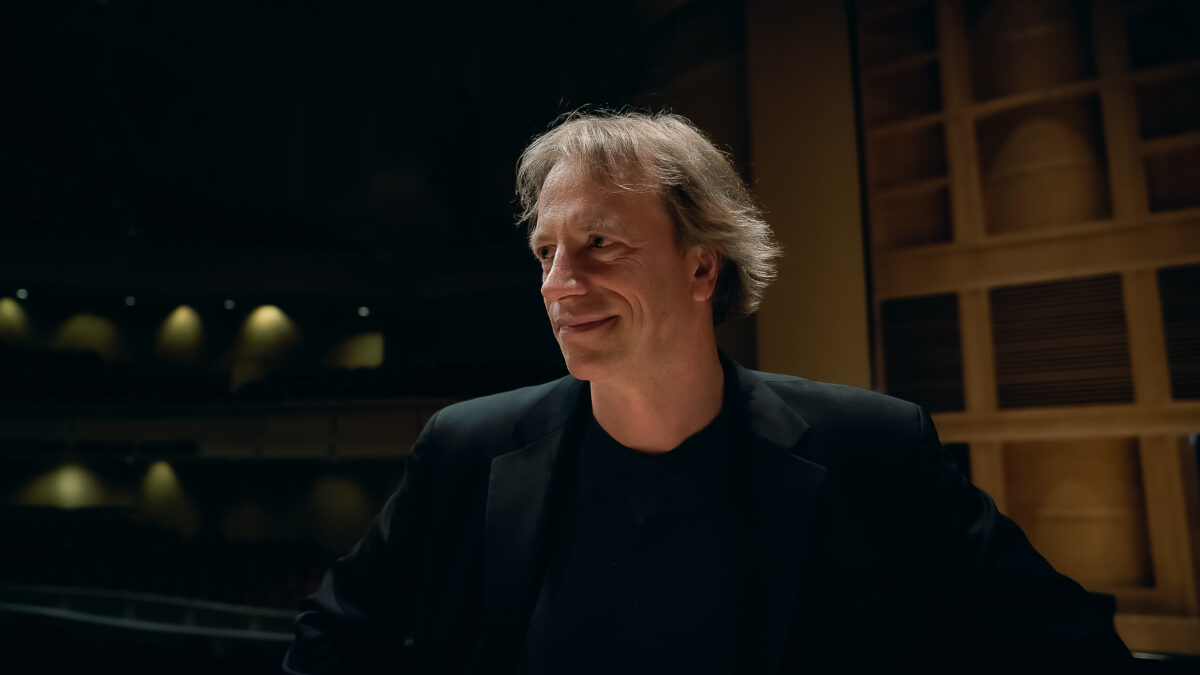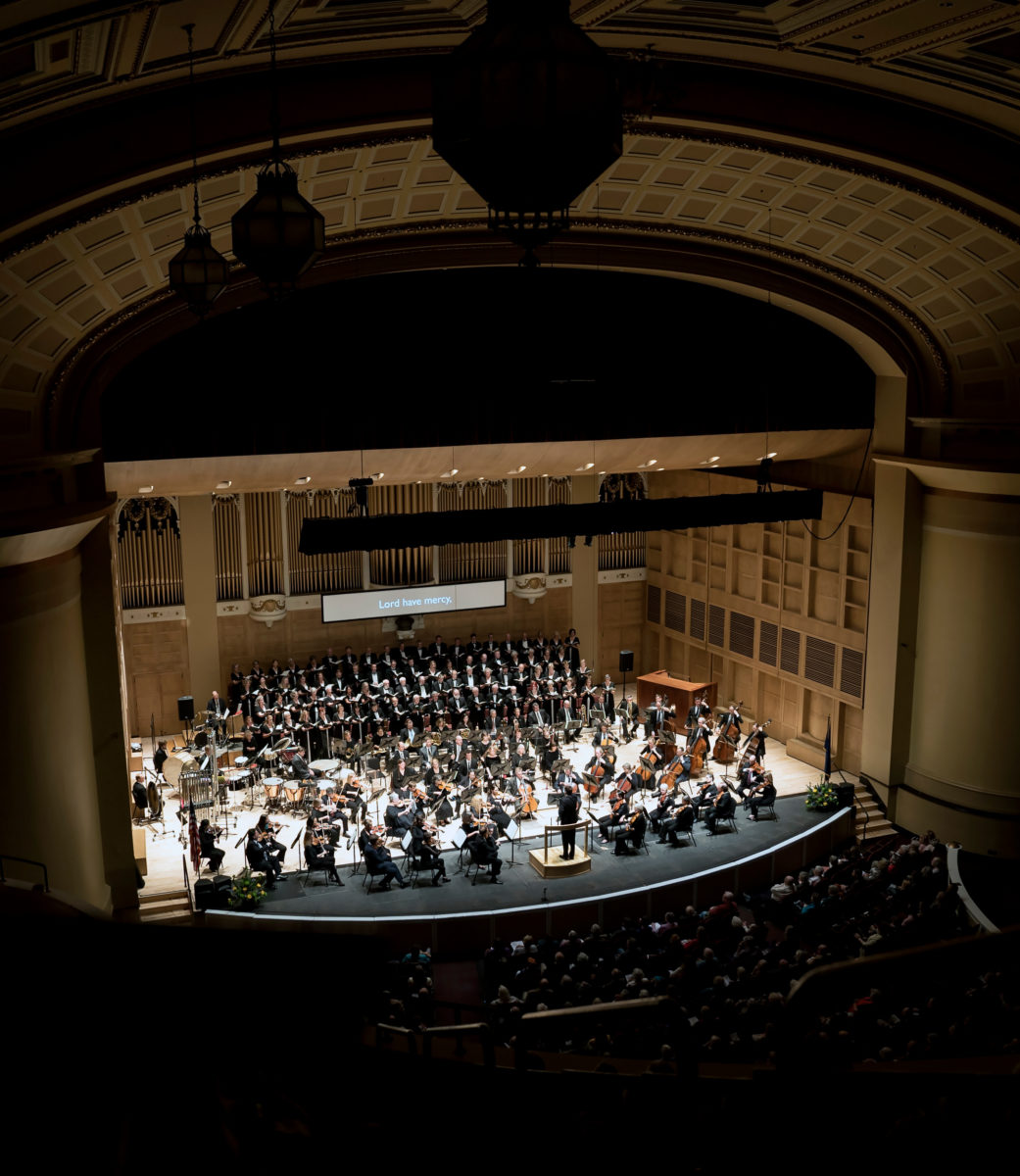Thomas Wilkins Conducts Your PSO Program Notes
This program is a snapshot of the richness of London musical life in the years before the First World War. The British Empire, upon which the sun never set, was at its zenith, and its capital basked in its diversity and wealth. The country’s artists looked abroad for inspiration, but also, finally, searched England’s history and landscape to find a true national voice. Edward Elgar, Britain’s first great composer since Henry Purcell (who died in 1695), was already an international figure when he completed his Enigma Variations in 1899. His encouragement helped launch the career of the much younger Samuel Coleridge-Taylor, whose Hiawatha’s Wedding Feast was his first big success in 1898. A decade later, with the premiere of his A Shropshire Lad-Rhapsody for Orchestra, Charles Butterworth joined the list of young composers to watch. This is a program of music nurtured in the glow of empire.
-Martin Webster
********
George Butterworth
A Shropshire Lad, Rhapsody for Orchestra
A Shropshire Lad, of 1911, is one of the wonderful discoveries of this PSO season. It is full of atmosphere, colorful, evocative, and masterfully written.
George Butterworth, born in London in 1885, perished in the first Battle of the Somme in France in 1916. Hearing this work, contemplating his brief life, it is tempting to muse a bit on the “what-if?”. Had he lived his full life, what else might he have written? Would his name be among those composers we all recognize? With his perceptive mind, what younger composers might he have nurtured? For that matter, would he have continued composing, or have taken some other path in life, changed forever by his time in the war?
At any event, we have a handful of his works including eleven song settings of poems from A. E. Housman’s A Shropshire Lad, the work that also inspired this Rhapsody. Housman was a Classics scholar first and poet second, but his poems resonated strongly with England before the First World War, and apparently continue to do so. Many other composers, including Ralph Vaughan Williams, Ned Rorem, Samuel Barber and Henryk Górecki have set them, though apparently only Butterworth has been inspired to write a purely orchestral work. They speak of loss and longing—a great deal of longing—and of love unattainable and betrayed. There is murder, suicide. The wind of the Shropshire hills sighs across England, no matter where the poet actually is.
Butterworth grew up in the northeastern English city of York and attended Eton College and then Oxford University, where he became friends with Vaughan Williams and also with the conductor Adrian Boult. In the early years of the Twentieth Century, musicians across Europe were becoming aware of the gradual loss of their countries’ folk traditions. To preserve some of this heritage, many of them “collected” folk songs, writing them down or using a phonograph to record them. Butterworth and Vaughan Williams took several trips into the countryside for this purpose, gathering material that influenced their own music and that of their contemporaries.
The composer was also a keen professional Morris Dancer and worked as a critic and teacher after graduating from Oxford. His composer friends valued his insights about their music. That only a few of his works survive is due not just to his brief life, but to the fact that he destroyed many manuscripts before going off to war.
A Shropshire Lad, Rhapsody for Orchestra, was first heard at the Leeds Festival in 1913 under Arthur Nikisch and was performed often after its premiere. Other British composers acknowledged its influence on their own music.
After a misty opening in which violas and clarinets echo each other across the hills and valleys, a modal melody from one of the poem settings appears. It sounds like an English folksong but is the composer’s own. This tune provides the material for the piece, which passes through various moods, including one remarkably Wagnerian climax, to a wistful, nostalgic conclusion. Butterworth’s sense of structure is sure—a measure of that is our unawareness of it as we listen—and he draws wonderful colors from the orchestra. It is not clear that he ever visited Shropshire himself, but this music evokes, as the composer himself wrote, “the home thoughts of the exiled lad”.
-Martin Webster
********
Samuel Coleridge-Taylor, arr. Fletcher (1924)
Hiawatha Ballet Suite, Opus 82a
British composer Samuel Coleridge-Taylor (1875-1912), whose Ballade for Orchestra was heard here last season, returns tonight with this delightful set of short pieces. The music for the Hiawatha ballet was left unfinished at the composer’s untimely death and completed by London theater composer Percy Fletcher. It was drawn from Coleridge-Taylor’s biggest success, the cantata Hiawatha’s Wedding Feast. That work established its composer’s reputation after its London premiere in 1898, with performances almost immediately throughout Great Britain and its colonies, Europe, the US and South Africa. Its popularity in England continued through much of the Twentieth Century.
The sheet music for Hiawatha sold hundreds of thousands of copies and should have made its composer a wealthy man. Unfortunately, an unscrupulous publisher took advantage of Coleridge-Taylor’s inexperience (he was just 23) and purchased the work for a pittance. Neither party ever sought to renegotiate terms on the work. In fact, throughout his life the composer proved a poor businessman, scrambling to support his family. His early demise was attributed to influenza exacerbated by chronic over-work.
London’s thriving classical music world mirrored the rest of Western society in the early Twentieth Century, finding people of non-White races fair game for teasing, patronizing and abuse. Coleridge-Taylor’s black skin was reason enough for colleagues and passersby to treat him poorly throughout his life, though notable exceptions included his teacher at the Royal College of Music, Charles Villiers Stanford, and his great colleague Edward Elgar, whose Enigma Variations conclude tonight’s concert. Looking from our vantage point, it seems clear entrenched racism hampered Coleridge-Taylor’s career.
For Portland listeners, this music is a chance to remember a great native son, Henry Wadsworth Longfellow, whose long poem The Song of Hiawatha inspired Coleridge-Taylor to write three cantatas, a concert overture and a set of pieces for violin and piano. Longfellow’s poem rustles with rapt depictions of nature and depicts Hiawatha’s super-human powers in awe-struck language.
The movements of the ballet suite refer to specific moments in the cantatas.
- The Wooing depicts the meeting of Hiawatha and Minnehaha, whose match was intended to quell tribal wars but proved to be one of enduring love.
- The Wedding Feast is a lively scherzo of joyful celebration.
- Bird Scene and
- Conjuror’s Dance tell of an outsider who comes to bring trouble to Hiawatha’s people.
- The Departure and
- Reunion conclude the suite with Hiawatha’s parting from his people. The music foreshadows the coming of Europeans and their religion to the New World, and the scattering of Hiawatha’s people.
-Martin Webster
********
Edward Elgar
Variations on an Original Theme (Enigma), Op. 36
Edward Elgar was born in Broadheath, Worcestershire, England in 1857, and died in Worcester, England in 1934. He composed this work in 1899, and it was first performed the same year in London under the direction of Hans Richter. The score calls for 2 flutes, piccolo, 2 oboes, 2 clarinets, 3 bassoons, contrabassoon, 4 horns, 3 trumpets, 3 trombones, tuba, timpani, percussion, optional organ, and strings.
*****
This is the work that put Elgar on the musical map. He had made his living as a musical jack-of-all-trades, playing several instruments, conducting, teaching, and composing. His early works (mostly cantatas and choral works based on historical romances) brought him scant recognition; it was not until he composed his Enigma Variations that he came into his own as a composer of quality, one whom Richard Strauss would call “the first English progressivist.”
As the title implies, the work is a theme-and-variations, but with a twist: the theme is never heard—hence the “enigma.” What’s more, each variation is also a portrait of one of his friends. Each was cryptically titled with a set of initials or a name, and it was not until after Elgar’s death that all of the identities became known.
The variations are played without pause, proceeding as follows:
Theme: A theme without a theme, actually: its two contrasting sections are derived from, but are not in themselves the mysterious Enigma theme.
Variation I (C.A.E.) A warm portrait of Caroline Alice Elgar, the composer’s wife. Elgar incorporated the four-note whistle he always used to let her know that he was home.
Variation II (H.D.S-P) Pianist-friend H.D. Stuart-Powell.
Variation III (R.B.T.) Amateur actor Richard Baxter Townshend. Townshend’s peculiar ability to manipulate his voice from basso to falsetto is mimicked by gravelly rumbles set against high woodwind figures.
Variation IV (W.M.B.) William M. Baker, a rather gruff country squire.
Variation V (R.P.A.) Richard P. Arnold was a young philosopher/musician whose personality could turn rapidly from serious to whimsical.
Variation VI (Ysobel) The prominence of the violas in this variation is in honor of Isabel Fitton, Elgar’s viola student.
Variation VII (Troyte) Arthur Troyte Griffith was an architect and amateur pianist, whose contentious personality often showed in his piano playing.
Variation VIII (W.N.) Winifred Norbury was a gracious elderly woman whose laugh is immortalized by the oboe trills in this variation.
Variation IX (Nimrod) This weighty core of the Variations is a portrait of August Jaeger, Elgar’s friend at Novello, his publisher. According to Elgar, “It is a record of a long summer evening talk, when my friend grew nobly eloquent (as only he could) on the grandeur of Beethoven, and especially of his slow movements.”
Variation X (Dorabella) In the descending melody Elgar warmly recalls his friend Dora Penny’s halting manner of speech.
Variation XI (G.R.S.) This variation is named for George R. Sinclair, but the portrait is largely of the man’s bulldog, Dan.
Variation XII (B.G.N.) The cello section portrays Basil G. Nevinson, a cellist who played chamber music with Elgar.
Variation XIII (***) Mary Lygon was on a voyage to Australia when the Variations were written, which explains the quotes from Mendelssohn’s Calm Sea and Prosperous Voyage. Since she was away, Elgar couldn’t ask her permission to use her initials.
Finale (E.D.U.) “Edu” was his wife’s pet name for Elgar and, as he said, “In the fourteenth variation, I came to myself.” The composer’s self-portrait is a grand resolution of the Variations, and a capstone to the piece.
Elgar refused to reveal the thematic basis for the Variations: “The Enigma I will not explain—its ‘dark saying’ must be left unguessed.” Despite that—of course!—many have guessed, and solutions have ranged from “Auld Lang Syne” to “God Save the Queen.” There is one solution, though, that accounts for Elgar’s broadest hint: when Dora Penny (the subject of Variation X) asked Elgar about the Enigma, he replied, “You of all people should have guessed!” The reason she should have guessed was that on the tail side of an old Victorian penny was the image of Britannia, and in this hypothesis, “Rule Britannia” is the source of the theme. If you sing from the words, “never never never shall be slaves” you encounter a snippet of melody that occurs frequently throughout the work. With a little imagination this also explains Elgar’s statement that “the principal theme never appears.” Simply re-arrange the punctuation and you have “the principal theme, ‘never,’ appears”—along with an enigmatic gleam in Elgar’s eye.
-Mark Rohr*
*Mark Rohr was the Portland Symphony Orchestra’s Bass Trombonist from the mid-1980’s and program annotator from 1991 until his passing in 2019. We are privileged to continue publishing his program notes at his bequest.







